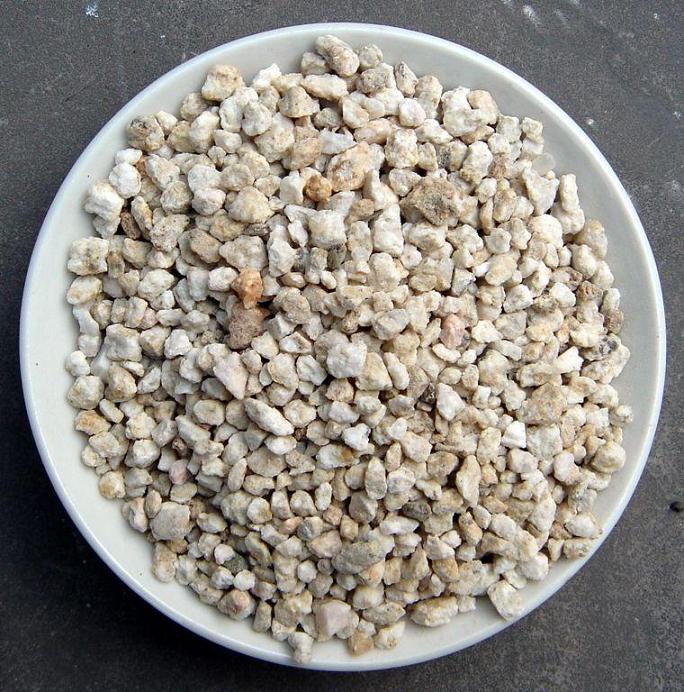
Sepiolite Factory - High-Quality Natural Sepiolite Solutions
Understanding Sepiolite and Its Industrial Applications
Sepiolite, a unique and versatile clay mineral, is primarily known for its exceptional absorbent properties and is widely utilized in various industries. Composed of magnesium silicate, sepiolite has a fibrous structure that contributes to its high porosity and low density. These characteristics make it a valuable resource in applications ranging from agriculture to industrial manufacturing.
Understanding Sepiolite and Its Industrial Applications
In addition to agriculture, sepiolite plays a crucial role in the production of various industrial products. It is commonly used in the manufacturing of ceramics, where it acts as a plasticizer and helps improve the workability of clay mixtures. The mineral's unique properties allow for the production of high-quality ceramics that are durable and resistant to thermal shock. This characteristic is particularly beneficial in the creation of tiles, pottery, and sanitary ware.
sepiolite factories

Moreover, sepiolite is utilized in the formulation of paints and coatings. Its ability to absorb and retain liquids makes it an excellent thickening agent, enhancing the texture and application properties of paint products. Additionally, sepiolite contributes to the opacity and brightness of paints, leading to superior end products. The construction industry also benefits from sepiolite as a lightweight filler in concrete and plaster, improving the overall strength and durability of construction materials.
An emerging application for sepiolite is in environmental remediation. Its high absorption capacity enables it to capture and retain pollutants, making it effective in treating contaminated water and soil. As environmental concerns grow, sepiolite's role in cleaning up hazardous waste and managing landfill sites has become increasingly important.
With the increasing demand for sustainable and eco-friendly materials, the future of sepiolite production looks promising. Factories dedicated to the extraction and processing of sepiolite are capitalizing on its unique benefits while implementing sustainable practices. By focusing on minimizing environmental impacts during mining and processing, these industries are paving the way for responsible manufacturing.
In conclusion, sepiolite is a remarkable mineral with diverse applications across several sectors. Its absorbent properties, environmental benefits, and adaptability make it an invaluable resource in the modern industrial landscape. As industries continue to seek innovative solutions for agricultural, environmental, and manufacturing challenges, sepiolite will undoubtedly maintain its significance in the global market, solidifying its place as a key player in sustainable development.
Share
-
Premium Pigment Supplier Custom Solutions & Bulk OrdersNewsMay.30,2025
-
Top China Slag Fly Ash Manufacturer OEM Factory SolutionsNewsMay.30,2025
-
Natural Lava Rock & Pumice for Landscaping Durable Volcanic SolutionsNewsMay.30,2025
-
Custom Micro Silica Fume Powder Manufacturers High-Purity SolutionsNewsMay.29,2025
-
Custom Mica Powder Pigment Manufacturers Vibrant Colors & Bulk OrdersNewsMay.29,2025
-
Custom Micro Silica Fume Powder Manufacturers Premium QualityNewsMay.29,2025






